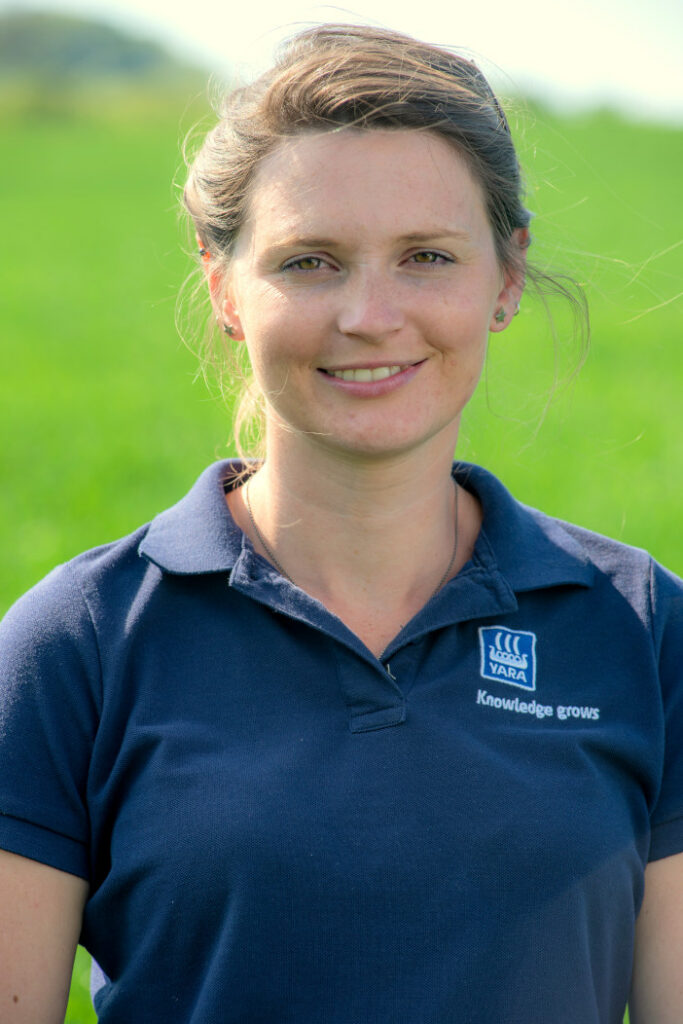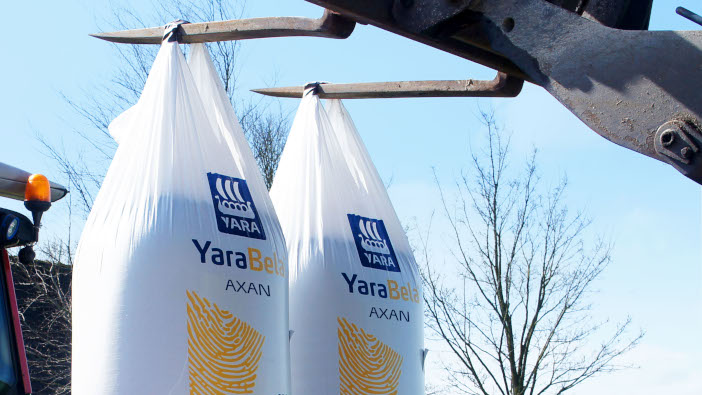Continued volatility in the European gas market has seen massive increases in fertiliser prices, with production costs rising by a staggering €200 per tonne in just one week.
So what does this mean for growers? Natalie Wood, agronomy operations manager at Yara, looks at the important factors.
“The price you bought at will impact upon the optimum nitrogen (N) rate you should apply in terms of economics,” said Natalie. “If you bought earlier on in the year – at £280 for example – your economic optimum wouldn’t have changed. You’ll be ok to stick with, say, 220kg of N on winter wheat.
“However, if you have bought the majority of your nitrogen in the past few weeks (now around £700/t at the time of writing) you may need to adjust your rate.”
Ms Wood points to Yara’s own dose trial data to illustrate this. A response curve occurs as the rate of nitrogen increases and the yield follows accordingly. However, at a certain point, the curve plateaus. At particularly high rates, the curve decreases. Using this, it is possible to calculate the optimum N rate in terms of cost.
“Trials show that the first 100kg of N gives us the best response,” she said. “This is, therefore, an excellent return on investment (ROI) – no matter how much the fertiliser costs. The next 60kg of N also gives us a good response and meets ROI. When we get to the final 50-60kgN/ha we must be more careful. ROI can vary depending on pricing, crop potential, weather conditions and more. All of this needs to be considered to make an application economically viable.”

This means that growers who have had to buy at a high price may then need to reduce fertiliser rates to establish a good ROI. A rate of 160kgN/ha for wheat will deliver just that.
“We can re-evaluate whether the last 50-60kg of N is required when spring arrives,” said Ms Wood. “Considerations like pricing, crop potential, mineralisation and our use of effective tools will help make the call whether that’s the right thing to do in economic terms.”
In a season where financial circumstances will play an even heavier role in farmer decisions, it is more important to ensure all aspects of crop nutrition, not just nitrogen, are robust and conducive to good yield potential.
“We often talk about Nitrogen Use Efficiency (NUE), but Nutrient Use Efficiency should be the focus,” she explained. “All nutrients work together within a plant for optimum growth.”
Sulphur increases the uptake efficiency of nitrogen, meaning that growers will not only benefit from the sulphur but through the utilisation of available nitrogen.
“We see it in Yara products and trials,” says Natalie. “Independent trial work over the years has shown an average yield increase of 0.85t/ha in wheat and 0.5t/ha in oilseed from sulphur applications.
“If you are going at the 160kgN/ha rate for winter wheat, using an NS product to provide all the nitrogen is perfect for ensuring that sulphur is applied little and often too, thereby increasing the uptake efficiency. Applying sulphur little and often benefits yield due to reducing losses through potential leaching – so an NS product is certainly the better choice this season over straight nitrogen.”
In a normal year, only 25% of nitrogen actually needs to be applied straight for that final application. If that’s not economically viable this year, you might be wasting money that you won’t see a return on.
“As always, we need to look at the whole picture,” concluded Ms Wood. “Work out what’s best for your farm and will achieve ROI. Remove inputs that ultimately cost more than they’ll deliver in value. Put an effective nutrient management plan in place now and consider your position when next season arrives.”


